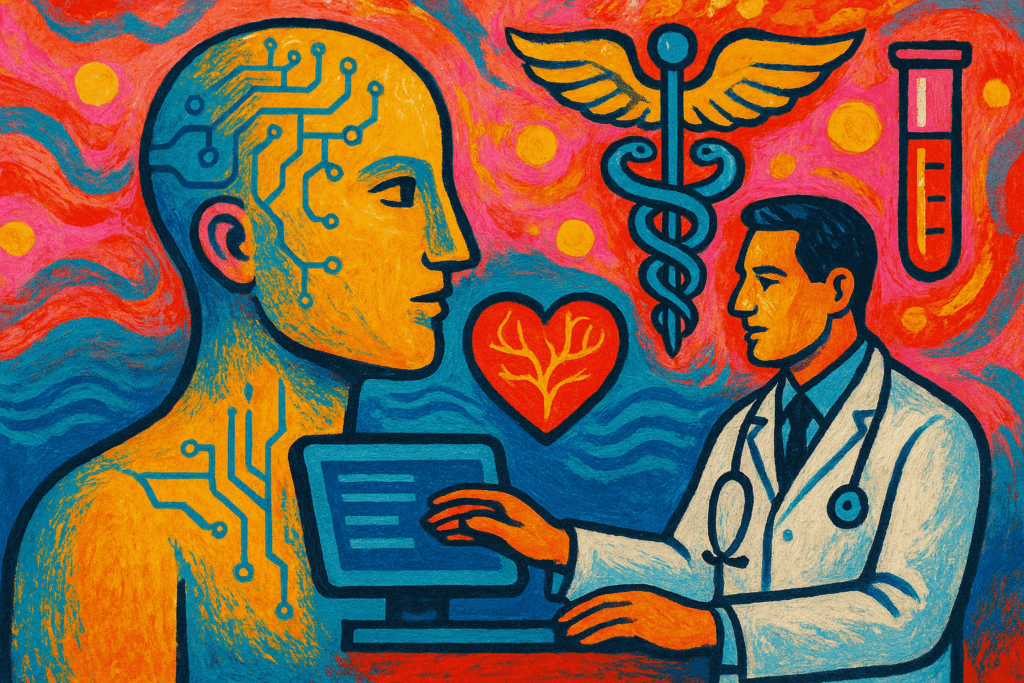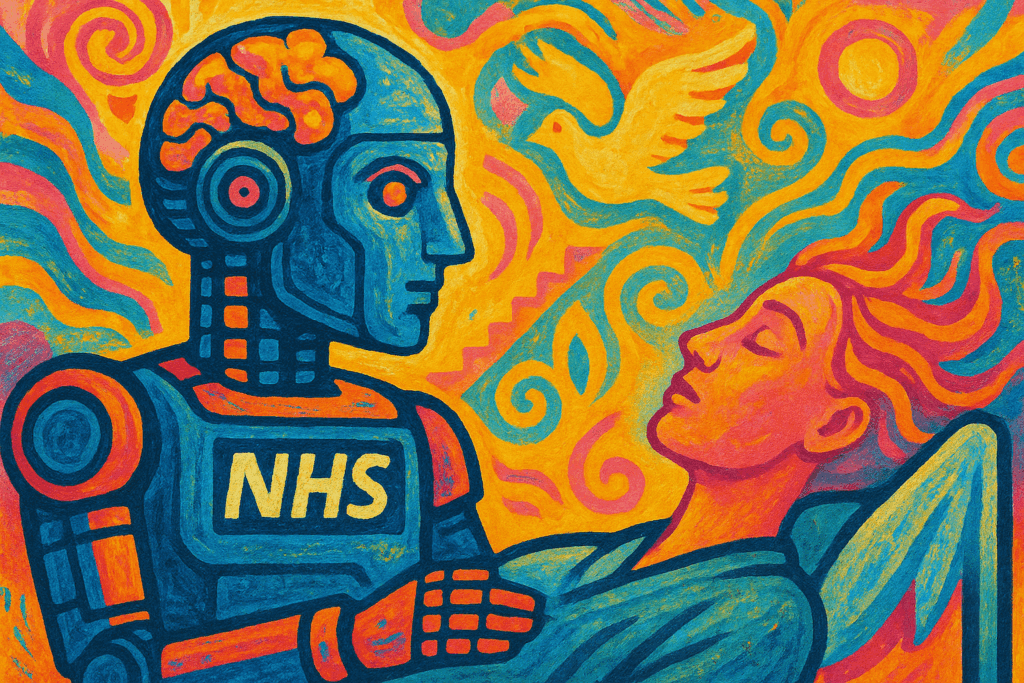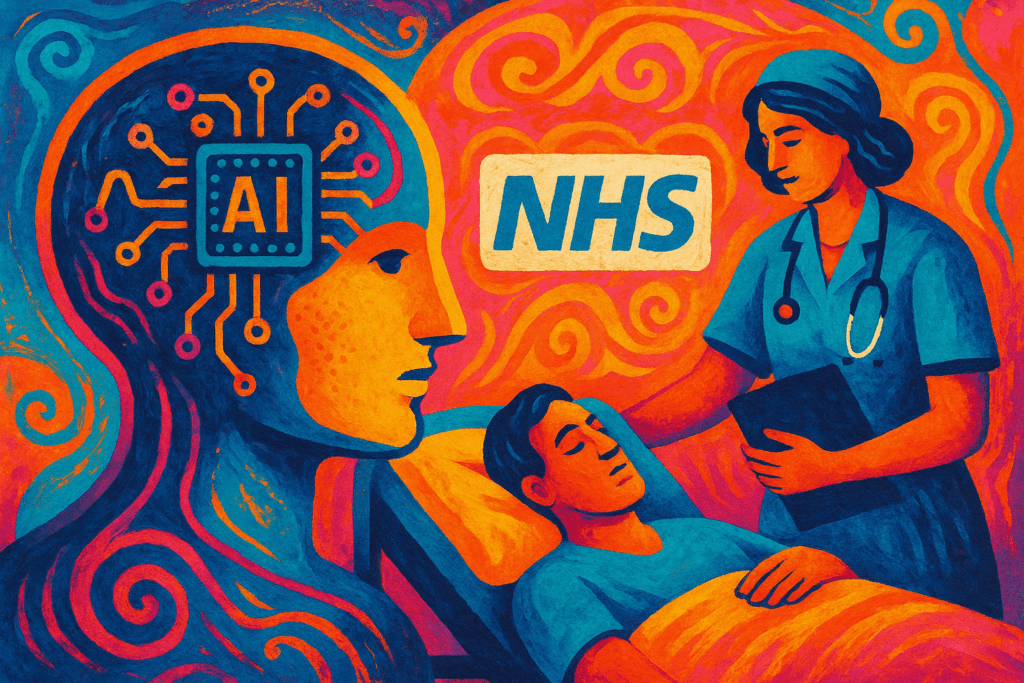AI Driving Healthcare Productivity and Efficiency
Artificial intelligence is increasingly influencing how healthcare systems manage resources and reduce patient waiting times. By analyzing vast datasets, AI offers predictive insights that optimize staff allocation and streamline patient flow. Healthcare providers can anticipate demand surges and adjust operations accordingly, which improves overall productivity despite limited resources. These capabilities reflect a shift beyond traditional management, as AI systems enable more responsive and informed decision-making in complex healthcare environments.
AI in Patient Safety and Precision Diagnosis
Patient safety initiatives benefit from AI through improved diagnostic accuracy and risk prediction. AI-powered tools can analyze medical imaging and patient histories to detect conditions that might be missed by human eyes, supporting early intervention efforts akin to protocols like ‘Jess’s Rule.’ Such systems reduce the likelihood of delayed diagnosis and medical errors, contributing to safer care pathways. Integration of AI diagnostics within clinical workflows also assists healthcare professionals by providing timely data-driven recommendations.
Preparing for Future Medical Breakthroughs with AI
With emerging treatments for complex diseases such as Alzheimer’s on the horizon, AI facilitates readiness by advancing diagnostic precision and enabling personalized care pathways. Machine learning models can identify early biomarkers and predict disease progression, allowing for tailored interventions that match individual patient profiles. This alignment supports not only treatment efficacy but also resource planning within healthcare systems adapting to novel therapies.
The Broader Landscape: AI’s Integrated Impact
Beyond isolated functions, AI fosters integration across health systems by connecting data and enabling coordinated care. Through interoperable platforms, AI can help unify patient records and support multidisciplinary teams in delivering cohesive treatment plans. This connected approach enhances communication among providers, improves continuity of care, and supports more efficient management of chronic conditions and complex cases.




